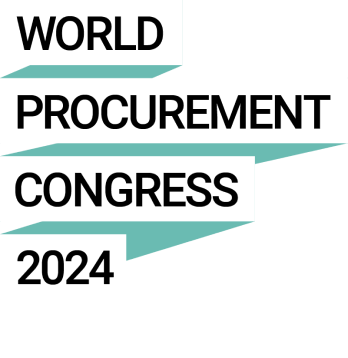Challenge
DSM developed an ambitious strategy to improve its service for stakeholders, revamping its system strategy around four focus areas;
- Stakeholder satisfaction: Thousands of employees at DSM purchase indirect goods and services, and feedback from corporate users, procurement and finance highlighted that the processes and systems for indirect procurement needed improvement. Suppliers felt the same way because of payment delays.
- Savings: Significant savings opportunities lay in revamping DSM’s processes and technologies – not just efficiency savings by improving purchasing processes but also by increasing spend under management, reducing maverick buying and deepening strategic sourcing capabilities.
- Financial controls: More than 50% of spending on purchase orders at DSM was linked to a contract. DSM wanted to ensure that not only was the external spending on indirect goods and services carried out in compliance with procurement policies but that its processes could be validated by DSM’s internal controls framework.
- Transaction efficiency: The purchase-to-pay process was cumbersome and addressing errors was both time-consuming and inefficient. Procurement professionals spent around 10% of their time addressing operational issues.
DSM realised it required a more user-friendly integrated systems architecture, sitting above a set of efficient and streamlined processes. Without this transition, indirect procurement would not be able to shift to a more self-service model, a proposal that lay at the centre of enabling greater scale and opening up the function to focus on more value-adding tasks.
The resulting programme, buy.SMART, centralises user experience, is led by a comprehensive change management approach and is already delivering value.
Approach
Working with SAP Ariba, DSM identified an ecosystem of integrated tools to address its entire source-to-pay process:
To realise this vision, however, DSM had to reengineer and standardise its processes – a major challenge when operating in 46 locations, with over 20,000 proposed end-users and working with a set of highly diverse legislative, digital and process environments.
To deliver a project of such scope, DSM designed a clear governance structure, bringing together its indirect procurement, global digital services, regional site representatives and two implementation partners (McCoy & Partners to support with the build and configuration, and Deloitte to inform process design and change management).
Outcome
With phase one of the programme complete, and buy.Smart operational in pilot sites Brazil and Village-Neuf, DSM is already seeing significant benefits. Project success is measured by a dashboard showing more than 30 metrics that are used to assess programme management, process efficiency and value tracking.
Phase one was delivered in full, to budget and with 100 trained super-users, both upstream and downstream. It has already driven greater spend compliance, with the team successfully setting up 286 new catalogues in Brazil and a PO=pay policy ready to implement.
The project has already delivered significant process efficiencies in its pilot sites and is driving a self-service approach. The teams in Brazil and Village-Neuf, France, saw a shift from zero touchless transactions to about 78% and 51% touchless transactions, respectively.
Feedback has also shown that users are highly enthused by the new solution. Surveys suggest that more than 97% of expectations have been met, and have received unanimously positive feedback on the ease of use and benefit.
Lessons learned and next steps
Andries Feikema, global director of procurement transformation and buy.Smart programme director, identifies several learnings:
- Keep it simple: Keep your designs as simple as possible; avoid complexity.
- Master data management: If the master data is not accurate and up to date, it undermines migration. Deal with this early on.
- Communication is key: Make it clear how users will be affected by the system, emphasising what it will mean for them.
- Business mindset: Keep in mind that this is a business transformation initiative, not one that solely benefits the procurement organisation.
Procurement Leaders members can access the long-form version of this case study.
Find out more about Procurement Leaders membership.
Image: JPstock / Shutterstock.com

















